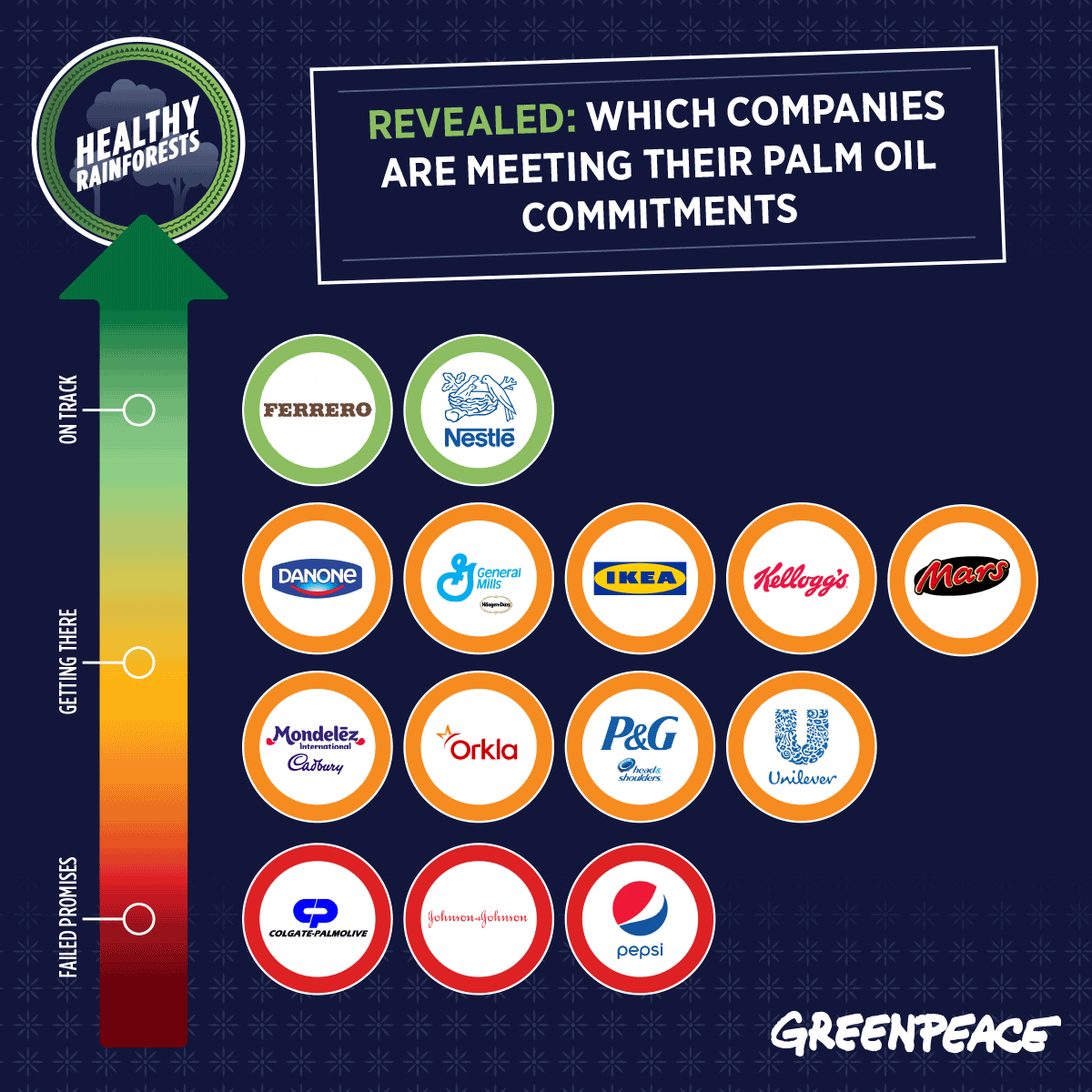As we rely on industrial agricultural commodities such as palm, soy, and industrial produced meat and dairy, we are losing forests and accelerating a climate and ecological emergency.
Some 80% of global deforestation is a result of agricultural production, which is also the leading cause of habitat destruction. Animal agriculture — livestock and animal feed is a significant driver of deforestation, and is also responsible for approximately 60% of direct global greenhouse gas (GHG) emissions. Overall, emissions from the food system as a whole, including production and consumption, represent up to 37% of total global human-induced GHG emissions.
Increasingly, the world’s agriculture system is expanding its terrestrial footprint to produce livestock feed that meets the growing demand for meat and dairy products or crop-based biofuels. This type of growth is only putting more pressure on forests and increasing the destruction of critical ecosystems. The 2019 UN Intergovernmental Panel on Climate Change Land Use report concluded that protecting and restoring forests and urgently revamping the global food system through dietary change are key solutions to the escalating biodiversity, climate, and food security crises.
Starting in 2010, a wave of companies pledged to help eliminate deforestation by 2020 through the responsible sourcing of the commodities most linked to forest destruction — cattle, palm oil, pulp and paper, and soya.
These pledges have not come to fruition.
Global commodity production remains a leading cause of forest destruction. Recent Analysis by Greenpeace International suggested that, by the start of 2020, some 50 million hectares of forest — an area the size of Spain — is likely to have been destroyed for global commodity production since those promises were made in 2010.
Meanwhile, the trade of products linked to deforestation, forest degradation, or human rights abuses, often referred to as “high-risk commodities”, has boomed: since 2010, the area planted with soy in Brazil has increased by 45%, while Indonesian palm oil production is up 75%, and Côte d’Ivoire’s cocoa footprint has grown by 80%. This trend is set to continue — by 2050, global meat consumption (and hence production) is forecast to rise by 76%, soy production by nearly 45%, and palm oil production by nearly 60%.
Palm Oil
Palm oil is a key ingredient found in just about every product sold on supermarket shelves worldwide. It is found in almost everything from soap to shampoos and snack foods like cookies and crackers.
Palm oil comes from fruits that are grown on oil palm trees. The demand for palm oil has skyrocketed since the late 1990s and it has made Indonesia the world’s largest producer and as a result, the growing demand for palm oil has become a main driver of rainforest destruction in Indonesia.
Growers, producers, and palm oil traders clear forests to grow palm oil, and the destruction come from the slashing and burning of forests that make way for large scale plantations. In Indonesia, palm oil has pushed orangutans and other wildlife species to the brink of extinction. Industrial-scale palm oil plantations have led to the exploitation of workers, human rights abuses, and the displacement of Indigenous and rural communities from their lands.
Companies that use, produce, and trade palm oil have known about the problem for decades and keep promising to fix it, yet Greenpeace investigations continue to show that they’ve failed to deliver. The Countdown to Extinction, a Greenpeace International report shows that despite making a deadline set almost 10 years ago companies are failing to deliver on their commitments to eliminate deforestation from their supply chains that include palm oil, soy, cocoa, meat & dairy by 2020. Massive consumer goods companies like Unilever, Nestle, Mondelez and Mars made corporate commitment to ensure that rainforest destruction is not part of their supply chains at any part of the process. However they continue to partner up with palm oil suppliers of dirty palm oil.
The IPCC Climate Change and Land report lay out the impact that humanity is having on the environment. Deforestation for agricultural commodities like palm oil, soy, and cattle is wiping out biodiversity and driving this climate emergency. We are at a point in time where a complete cease in deforestation and serious restoration efforts are needed to prevent mass species extinction if we are to limit global warming under 1.5°C degree world.
Cattle Ranching
Cattle ranching — and the soy farming needed to feed the cattle — is the biggest cause of deforestation in virtually every Amazon country. Around 90% of soy is used to feed animals to produce meat and dairy products.
Worldwide, deforestation due to cattle ranching releases 340 million tons of carbon into the atmosphere each year, or 3.4 percent of global greenhouse gas emissions. Most of this comes from the Amazon region.
In 2009, Greenpeace published a landmark three-year investigation entitled Slaughtering the Amazon. The same year, the leading meatpackers in Brazil committed to end deforestation, slave labor, and invasions into Indigenous Peoples’ Lands in the Cattle Agreement. Although the report and subsequent commitment provoked more scrutiny over cattle production in the Amazon, the Cattle Agreement is still not fully implemented. Due to the lack of fulfilment of the Cattle Agreement and other factors, cattle remains a major threat to the forests and natural eco-systems.


